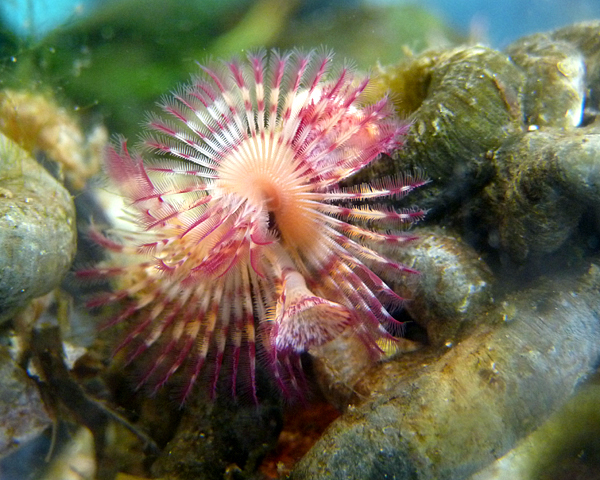
by David Young | Jul 23, 2024 | Worms
Calcareous Tube Worm By Ninh Khuong Common name: Calcareous Tube Worm, Red-Trumpet Calcareous Tube Worm, Limy Tube Worm, Colourful Calcareous Tube Worm. Scientific name: Serpula columbiana In the past the species found on the Pacific Coast of North America was...


